Wilson brings science to California’s high-priority crops
Cooperative Extension specialist featured in UC Berkeley Breakthroughs magazine
In spring 2005, UC Berkeley undergraduate Houston Wilson attempted something he’d never done – knocking on the door of a professor’s office, unbidden.
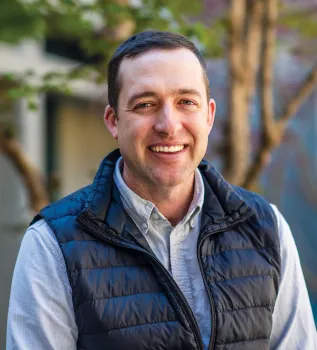
He had just read about agroecology – the application of ecological principles to agricultural production – and was fascinated. So he paid a visit to Miguel Altieri, a professor in the Department of Environmental Science, Policy, and Management (ESPM) specializing in the biological control of pests.
Wilson explained that he wanted to dive deeper into agroecology. The professor told him to show up at the UC Gill Tract Research Station field at 8:00 a.m. to count aphids.
Wilson did just that – and hasn’t stopped his agriculture-related work ever since. Today, Wilson is a UC Cooperative Extension specialist in the Department of Entomology at UC Riverside, as well as the founding director of the UC Organic Agriculture Institute.
Based at the Kearney Agricultural Research and Extension Center near Fresno, Wilson and his team develop integrated pest management (IPM) strategies for some of California’s most valuable agricultural commodities including almonds, pistachios, walnuts, and grapes. In 2024, the value of the state’s almond harvest alone was $5.6 billion.
“It’s a huge job, on a huge stage,” Wilson says. “We’re working on some of the most high-priority crops in California.”
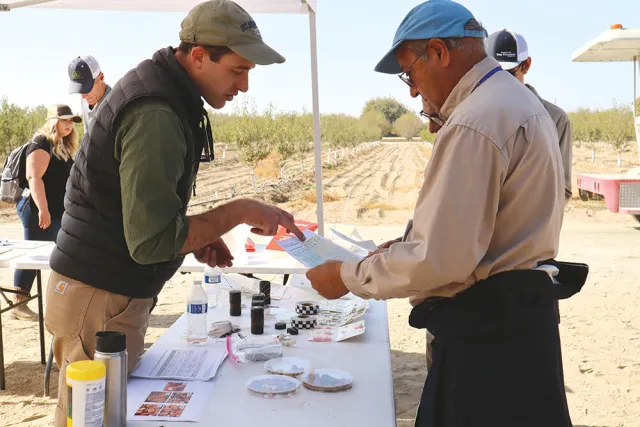
Relationships, research, solutions
Leaffooted bugs – a major pest facing almond growers – were the focus of Wilson’s early research at Kearney. “The insects show up rapidly and suddenly and can colonize almond orchards; even growers trying to stay on top of things will still miss them – and then they’ll lose yield,” Wilson says.
In response to grower demand, he partnered with Jocelyn Millar, a chemist in the UC Riverside Department of Entomology, to develop a better pheromone lure that would help growers perform more efficient monitoring, which in turn could lead to more effective pest management.
Millar identified a previously undiscovered compound that was the main attractant for the insect, figured out how to synthesize it, and then Wilson’s field tests helped confirm that it was attractive to the pest. Wilson and Millar then worked with manufacturers to scale up production of the compound – and determine the best trap to pair with the lure.

The system is now available for growers to deploy in their orchards. It’s just one example of how Cooperative Extension specialists bridge the theoretical and applied realms by forming partnerships with their campus colleagues to solve real-world problems facing California agriculture.
Wilson plays a key role in connecting UC research with growers and other stakeholders and matching the myriad challenges they face with solutions generated by scientists and practitioners.
“Cooperative Extension is about being based in the community,” says Wilson. “They say that Extension moves at the speed of relationships, and I love that aspect of it.”
“This job is interesting because you get to go into many different spaces,” he adds. “You talk to regulators, scientists, and growers. Very few people get to move between all those worlds.”
Wilson credits the diversity of educational experiences in ESPM for honing his ability to navigate a wide range of viewpoints. “I already had this background in the political-economic aspects of agriculture, and in ESPM I was able to merge that with intense training in agricultural entomology and ecology,” Wilson explains. “That’s given me a unique perspective on how to approach the problems we’re facing.”
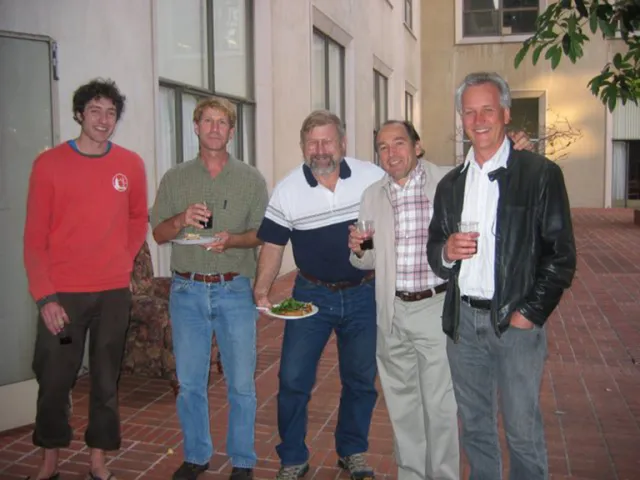
Farmers, mentors lit Wilson’s Path
After Wilson graduated with his bachelor’s degree in development studies, Altieri encouraged him to do an exchange program in the south of Brazil.
From 2006 to 2007, Wilson taught himself Portuguese and worked with small-scale farmers who received land from a nationwide land redistribution program and were implementing agroecological principles.
“It was another introduction to agriculture, and to how incredibly hard it is,” Wilson says, calling the experience “a big awakening.”
As a policy-oriented student, he had thought there were ready-made sustainable agriculture practices that simply needed to be incentivized for growers to adopt. Seeing the farmers’ limited choices, however, Wilson realized more research was needed to develop viable, alternative techniques.
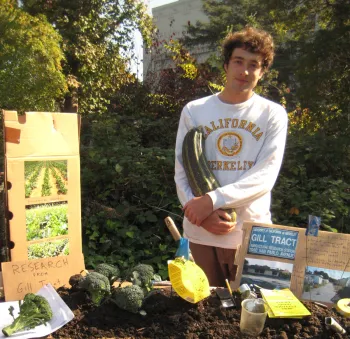
Upon returning to California, Wilson worked as a lab manager for Altieri. While helping with cover crop research in vineyards along the North Coast, he connected with Kent Daane, an ESPM entomologist and Cooperative Extension specialist. Seeking an answer to a technical question, Wilson called Daane out of the blue.
“He just immediately talked me through it, even though he didn’t know me,” Wilson recalls. “It was through him that I discovered Cooperative Extension.”
Inspired by Daane’s example and the impact of applied research on farmers’ challenges, Wilson became “laser-focused” on pursuing an extension career. After earning his PhD in 2014 studying under Altieri and Daane, he conducted postdoctoral research with Daane on an emerging problem for wine grape growers in Mendocino and Lake Counties – the Virginia creeper leafhopper.
That work – in partnership with a host of UC Agriculture and Natural Resources colleagues and cross-sector collaborators – was recognized by the California Department of Pesticide Regulation with an IPM Achievement Award in 2016. More importantly, Wilson gained invaluable experience running his own lab operation, which positioned him well for his current role.
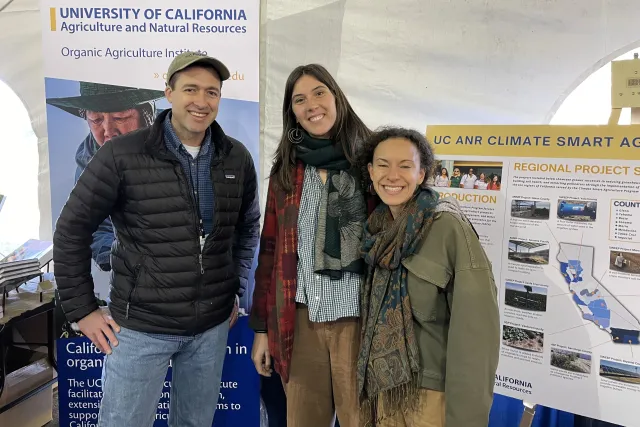
“I would not be here without the mentors that I had, and I’m trying to pass it on,” Wilson says. “For a kid who didn’t get into college right away, to now being a professor at the University of California…that speaks to what’s possible with mentorship and training.”
This story originally appeared in the Fall 2025 issue of the UC Berkeley Rausser College of Natural Resources Breakthroughs magazine. Read the full issue on the magazine page.
